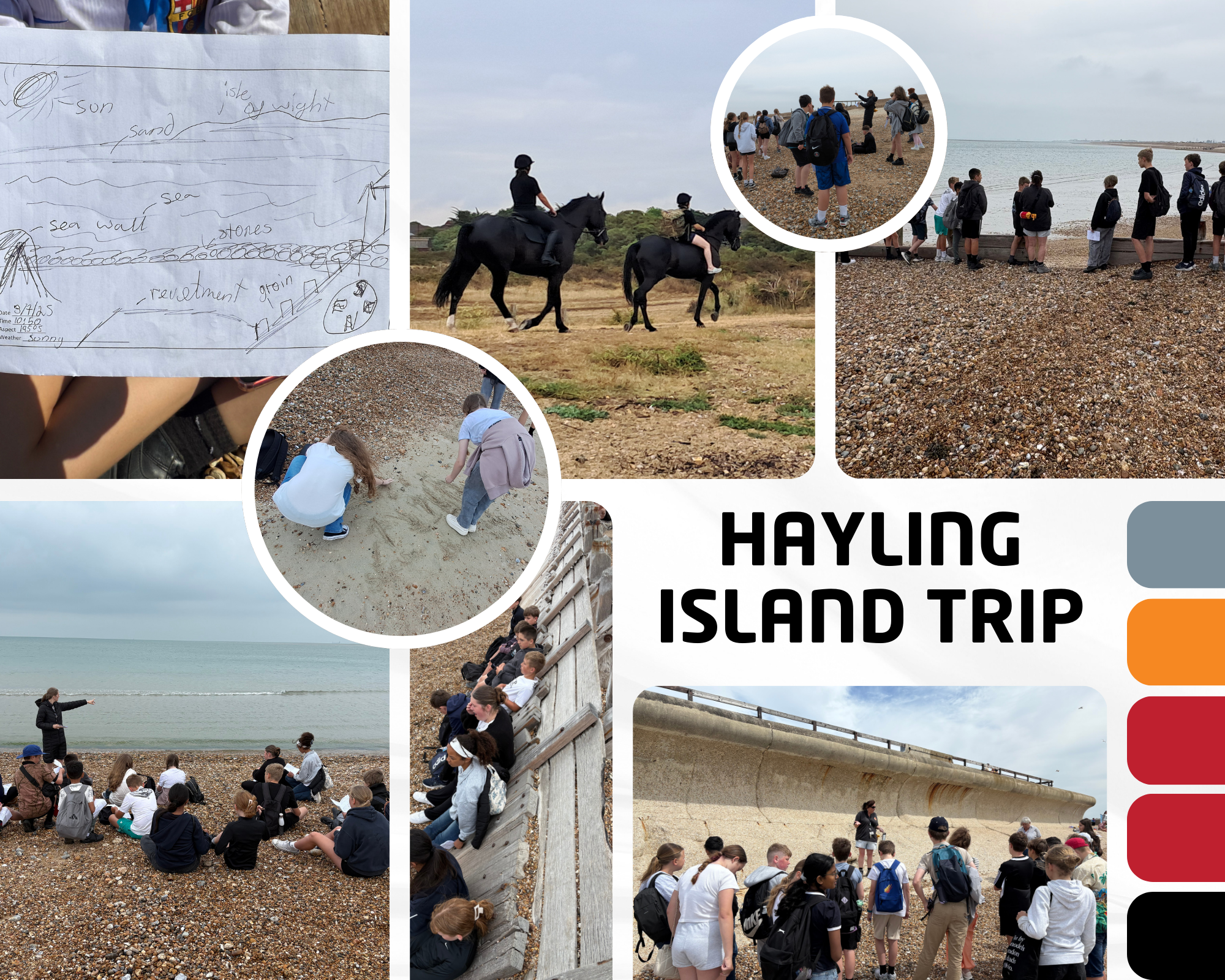In an exciting culmination of their recent studies on coastal geography, Year 7 students embarked on an enlightening trip to the picturesque Hayling Island. This adventure was more than just a field trip; it was an opportunity to witness firsthand the dynamic processes they had explored in the classroom, particularly the intriguing phenomenon of longshore drift.
The students were divided into two groups, each tasked with investigating the unique coastal features of Hayling Island. Under the guidance of teachers, the young geographers eagerly set out to unravel the mysteries of why longshore drift occurs in both directions along the island's scenic seafront.
Students observed the natural forces at play. They noted how the movement of sediment along the coast was influenced by prevailing winds and tides, leading to the fascinating bi-directional drift unique to this location.
The students worked collaboratively, counting the waves to categorise them as constructive or destructive, recreating longshore drift diagrams using beach material and looking at the positives and negatives of the five visible coastal management methods. They observed the impact of coastal defenses on sediment movement. Students also took part in a scavenger hunt and sketched the groynes and sea defences.
This hands-on experience not only reinforced their classroom learning but also instilled a deeper appreciation for the complexities of coastal environments. It was a vivid reminder of the interconnectedness of natural systems and the importance of preserving these delicate ecosystems.


